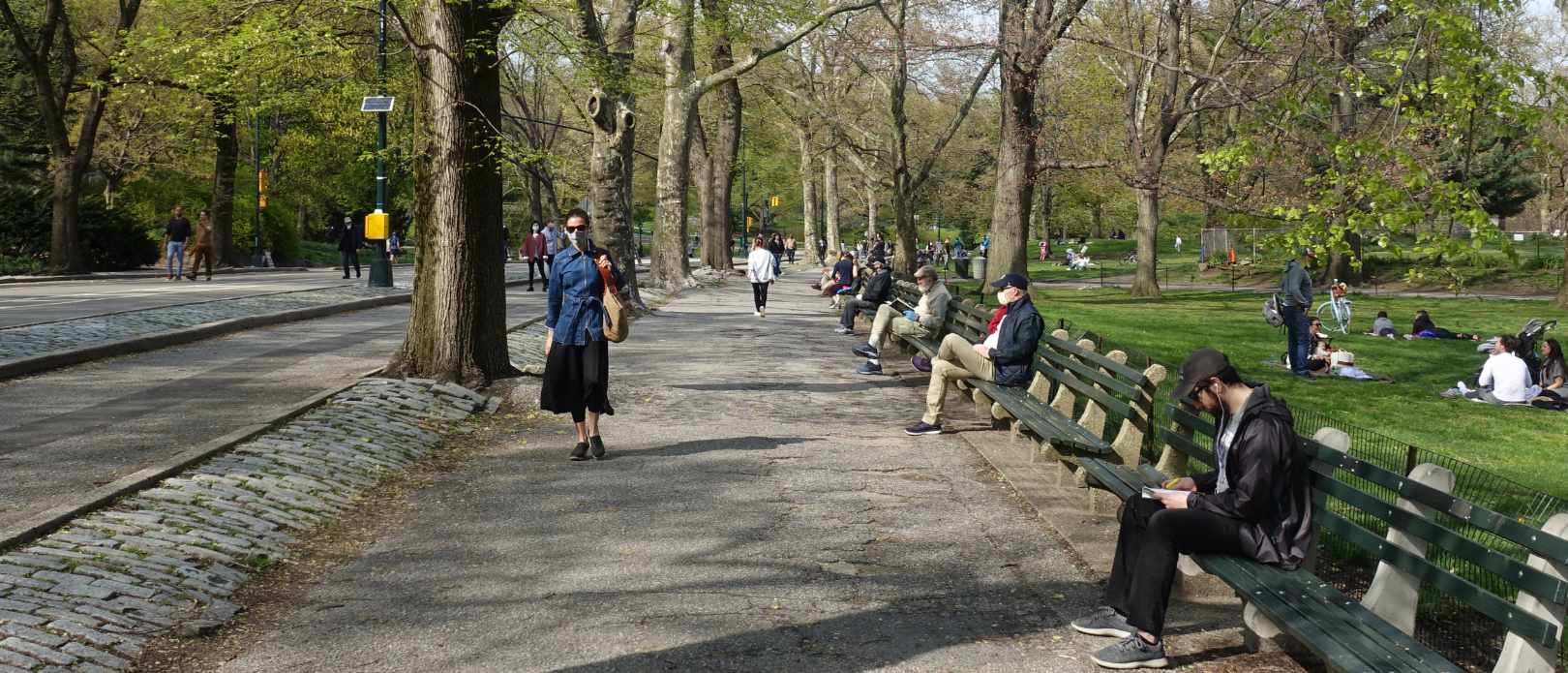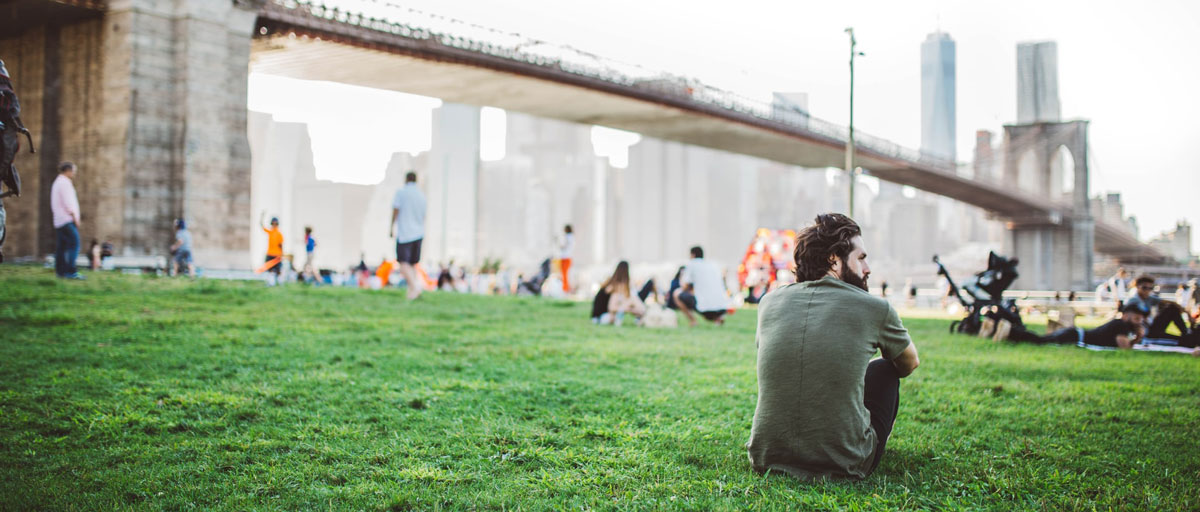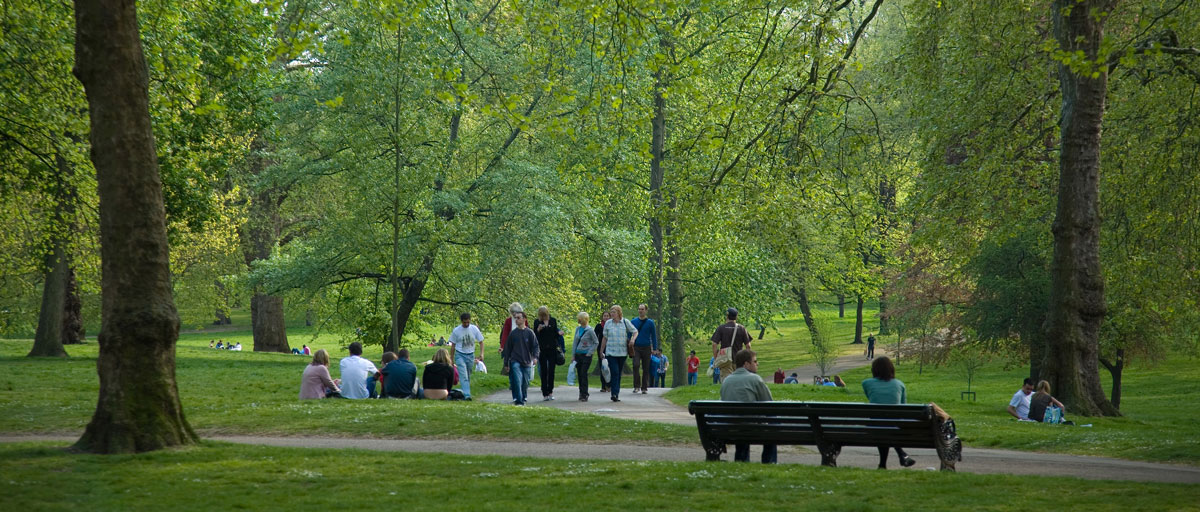Urban nature
Access to greenery and water goes hand in hand with human wellbeing during the pandemic

Young people travelled the farthest to spend time in nature during the pandemic. Photo by: Zach Vessels, Unsplash
Green wedges and large nature areas are especially important for the young, elderly and unemployed, a new comparative study finds
- Access to green infrastructure, sociodemographic factors, and lockdown policies significantly affected outdoor activity patterns during the COVID-19 pandemic
- The low availability of green infrastructure in residential areas acted as a motivator for some groups to seek nature at urban fringes
- Green wedges in the cities and large nature areas both in and near cities had specific importance for the young, elderly and unemployed
THE SWEET ESCAPE: It is well established that contact with nature makes urban people happier and healthier. But what happens during times of a pandemic when people are risking contamination when travelling to get a dose of nature experience?
A research team from Finland, Sweden and Denmark recently published a study in the journal Urban Sustainability that analysed outdoor recreation behaviour during the pandemic across four Nordic cities: Copenhagen, Stockholm, Helsinki and Turku.
The authors, including centre researcher Stephan Barthel, found that access to green infrastructure, sociodemographic factors, and lockdown policies significantly affected outdoor activity patterns during the early stages of the COVID-19 pandemic.
We observed a strong signal from the urban residents that the heritage of Nordic spatial planning, where availability of protected green-blue infrastructures has traditionally been important, is especially vital for human wellbeing during the pandemic.
Stephan Barthel, centre researcher
Getting a dose of nature closer to home
In the larger cities Copenhagen, Stockholm and Helsinki, outdoor recreation often took place very close to participants’ homes and with relatively less nature experiences available.
At the same time, the low availability of green infrastructure in residential areas acted as a motivator for some groups to seek nature at urban fringes. The willingness to go longer distances was highly determined by people’s age and occupation.

Tree cover density and imperviousness density within 300m around the respondent’s place of residence.
Finding comfort in nature
People with less structured time in everyday life – the young, elderly and unemployed – tended to go the furthest to be in nature. Green wedges penetrating the cities and large nature areas both in and near cities also seemed to have specific importance for these groups.
“We observed a strong signal from the urban residents that the heritage of Nordic spatial planning, where availability of protected green-blue infrastructures has traditionally been important, is especially vital for human wellbeing during the pandemic. Our results indicate that easy access to green-blue infrastructure form structural components of resilient processes for human wellbeing during the pandemic,” says Stephan Barthel.
Across the four investigated cities, young people travelled farthest to spend time in nature. These results may be explained by the fact that this age group lived in less green and more impervious surroundings in the studied cities.
Other research has shown that young people were at higher risk of suffering from depression and anxiety during the pandemic. The authors of the present study suggest that nature may have offered possibilities for socialisation and coping with the pandemic situation, thus motivating the young to travel for outdoor activities at longer distances.
Methodology
This study was performed across four cities in three countries: Copenhagen (five districts), Helsinki Metropolitan Area, Stockholm County and Turku. The authors brought together separately administered survey datasets collected during May–June 2020 in the four cities. They collected all data applying a participatory mapping approach using online map-based surveys targeted to residents older than 15. All surveys were operated on the Maptionnaire platform. In the Copenhagen, Helsinki and Turku surveys, the authors asked respondents to locate their outdoor recreation sites during the spring of 2020. In the Stockholm survey, they asked the respondents to mark as a point either ‘a site I visit less or have avoided’, ‘a site I continue to visit with a similar frequency’ or ‘a site I have visited more’ in recent weeks compared to the time before COVID-19. The surveys reached between 469 and 4992 respondents, which corresponds to 0.02–1.8% of each city’s respective population.
Fagerholm, N., Samuelsson, K., Eilola, S., Giusti, M., Hasanzadeh, K., Kajosaari, A., Koch, D., Korpilo, S., Kyttä, M., Legeby, A., Liu, Y., Præstholm, S., Raymond, C., Rinne, T., Olafsson, A., Barthel, S. 2022. Analysis of pandemic outdoor recreation and green infrastructure in Nordic cities to enhance urban resilience. Urban Sustainability.









